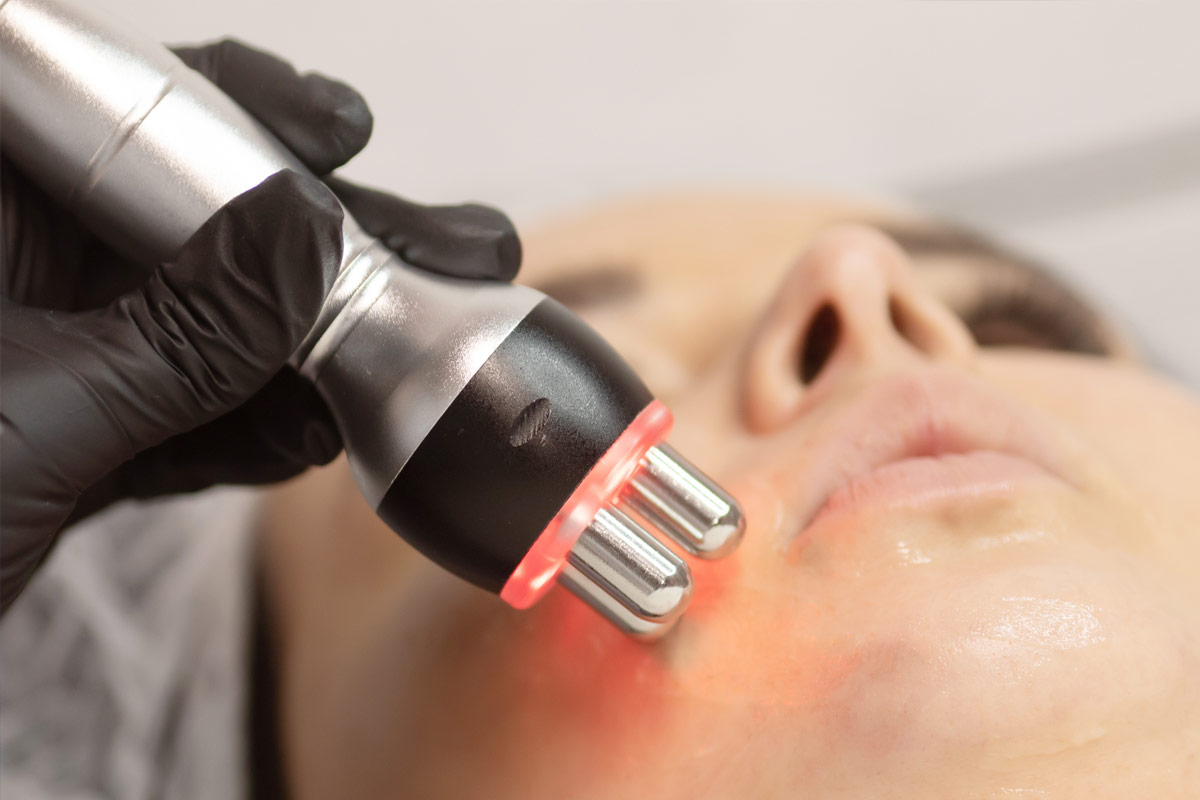Laser skin treatments have become a cornerstone of modern dermatology and cosmetic aesthetics. Offering solutions for wrinkles, scars, hyperpigmentation, and more, these procedures harness the power of light to transform the skin from the inside out. But with so many options and claims, what do laser treatments really do, and are they worth the investment?
What Are Laser Skin Treatments?
Laser skin treatments use focused beams of light to target specific concerns within the skin. The term “laser” stands for Light Amplification by Stimulated Emission of Radiation. Depending on the type of laser used, treatments can either remove (ablative) or stimulate (non-ablative) layers of skin to encourage new growth and repair.
Lasers can be customized in terms of wavelength, pulse duration, and intensity, allowing dermatologists to tailor treatments to various skin types and conditions.
Common Types of Laser Treatments
1. Ablative Lasers
These lasers remove the outer layers of skin to treat deeper skin issues like wrinkles, scars, and sun damage. Common types include:
- CO2 Lasers: Highly effective for deep wrinkles, acne scars, and warts.
- Erbium YAG Lasers: Ideal for fine lines and moderate wrinkles with less downtime than CO2.
2. Non-Ablative Lasers
Non-ablative lasers work beneath the surface of the skin, stimulating collagen production without damaging the outer layer. These include:
- Nd:YAG Lasers: Used for skin tightening, vascular lesions, and pigmentation.
- Fractional Lasers (e.g., Fraxel): Create microthermal zones to promote healing and collagen growth.
3. IPL (Intense Pulsed Light)
While not a true laser, IPL uses broad-spectrum light to target pigmentation, redness, and broken capillaries. It’s often used for treating rosacea, sun spots, and uneven skin tone.
Conditions Treated by Laser Therapy
Laser treatments can address a wide range of skin concerns, such as:
- Fine lines and wrinkles
- Acne and acne scars
- Sun damage and age spots
- Melasma and hyperpigmentation
- Enlarged pores
- Broken capillaries and spider veins
- Skin laxity
- Hair removal
- Tattoo removal
What to Expect During the Procedure
The specifics of your treatment will depend on the type of laser used. Here’s a general breakdown of the process:
- Consultation: Your provider evaluates your skin and discusses your goals, medical history, and any contraindications.
- Preparation: The treatment area is cleansed, and a topical anesthetic may be applied.
- Procedure: The laser is applied in short pulses. You might feel warmth, tingling, or slight discomfort.
- Aftercare: Post-treatment care is crucial. You’ll likely be advised to avoid sun exposure, use gentle cleansers, and apply healing ointments.

